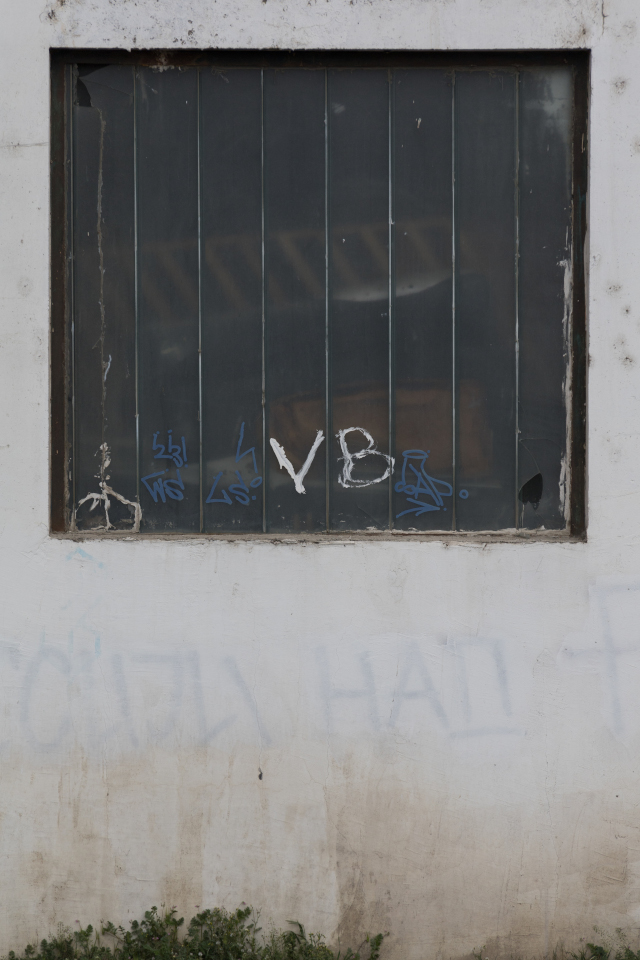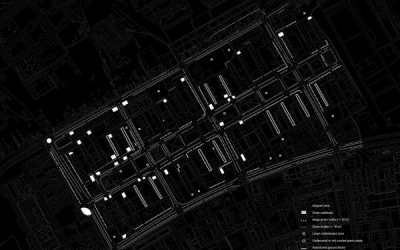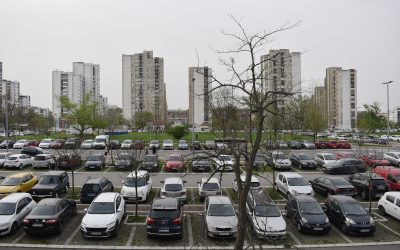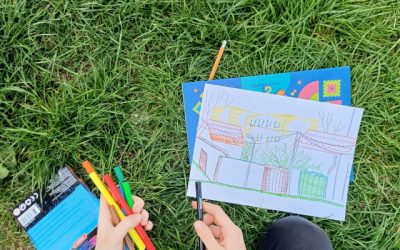Informal Documents:
A series of reflective photographs
Isidora Koščica, Jana Čvertkov and Lana Jeremić
Urban spaces are in the state of eternal expansion. In their nature, they are developing, as they suppress and force other environments to retreat. Yet within their own structure, cities are also prone to changes, reflecting the state of the society and spirit of the age with these transformations. If we consider these changes from a distance, we shall see the geopolitical, or historical context (of the creation and growth) of a city. But what happens if we endeavour to seek changes in details? If for a moment we accept the metaphor of a city as a theatrical stage for everyday narratives, we may understand man as the protagonist. Though evidently hidden behind the scenery, man integrates into and interacts with urban space, adapting and shaping it. Human impact inevitably peeks out of the city structures. The project titled Informal Documents tries to research this phenomenon and provide insight into the daily existence of a city through its metamorphoses and micro-changes. By studying these questions, we take the role of a collector, explorer and storyteller of a first-person narrative, as we record the complexities of urban reality.
In its form, the project is an attempt at mapping the neighbourhood of Bežanija, i.e. blocks 61, 62, 63 and 64 and Old Bežanija (Bežanija Village), while the methodology comes down to a series of walks, the result of which is a series of reflective photographs/spatial notes. Due to its history marked with transformations, the space of Bežanija represents a picturesque example of the urbanisation process and its consequences. The modernist architecture of the blocks clashing with that of Old Bežanija leaves the impression of a dichotomy, but simultaneously opens up the question of their similarity.
By recording the routes of these unplanned walks through Bežanija, our interaction with the space becomes visible and documented. Through this approach, by exploring and drawing new, informal borders, we map a different Bežanija, shaped through human agency. By using the media that are in their essence documentary and artistic, the project exists on the edge between art installation and archive. In this sense, the photographs and maps keep their dual function. On the one hand, they are the documents of the research process, while on the other, they represent attempts to catch and record the ephemerality of the city: the city as is now, as a reflection of the society, which tomorrow will have undergone some other transformation already. In spite of this transformative force of the city (or even being influenced by this very force), Informal Documents are an attempt to fix an urban portrait, with all its specific traits, permutations and the influences that shape it.








